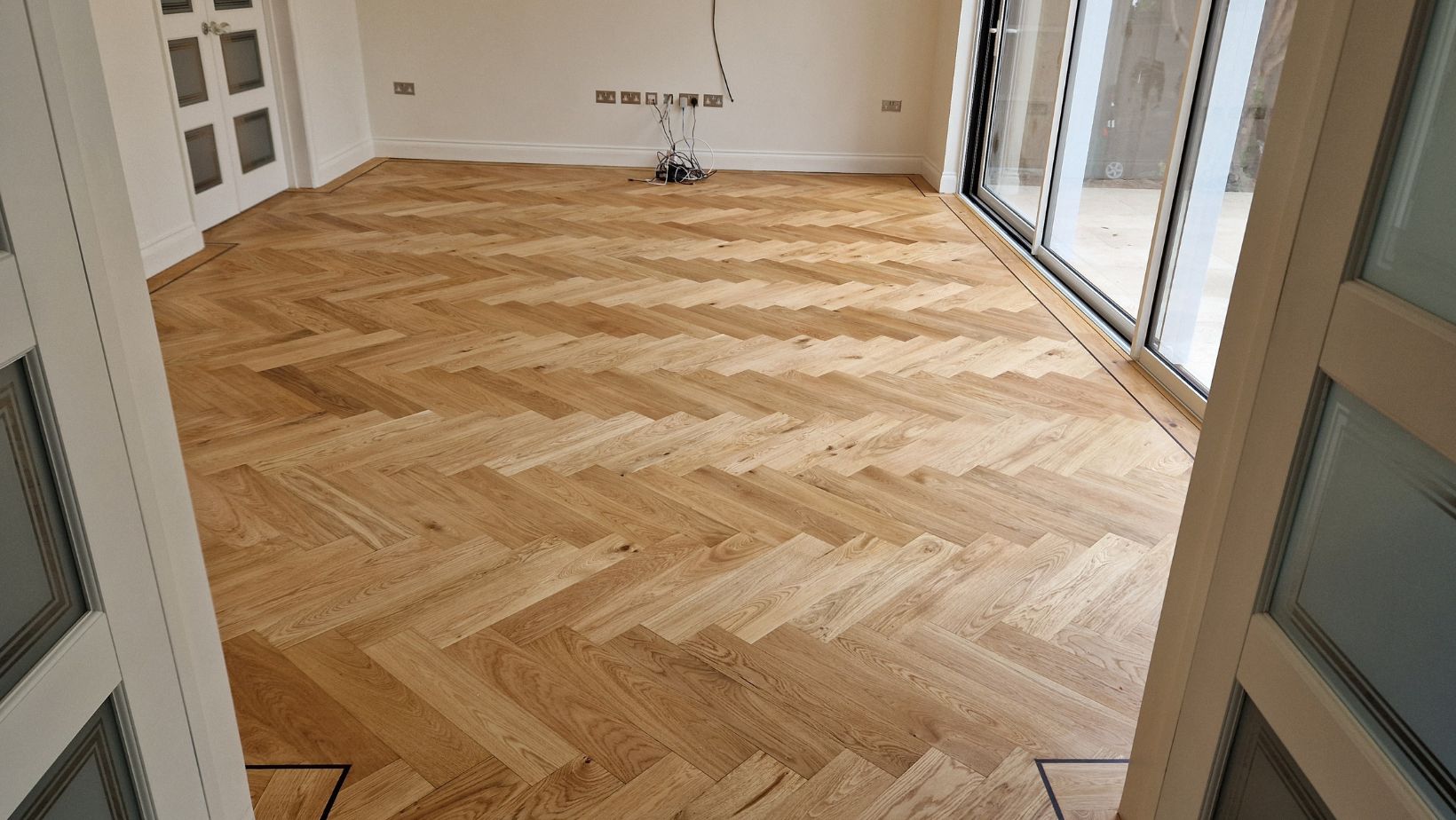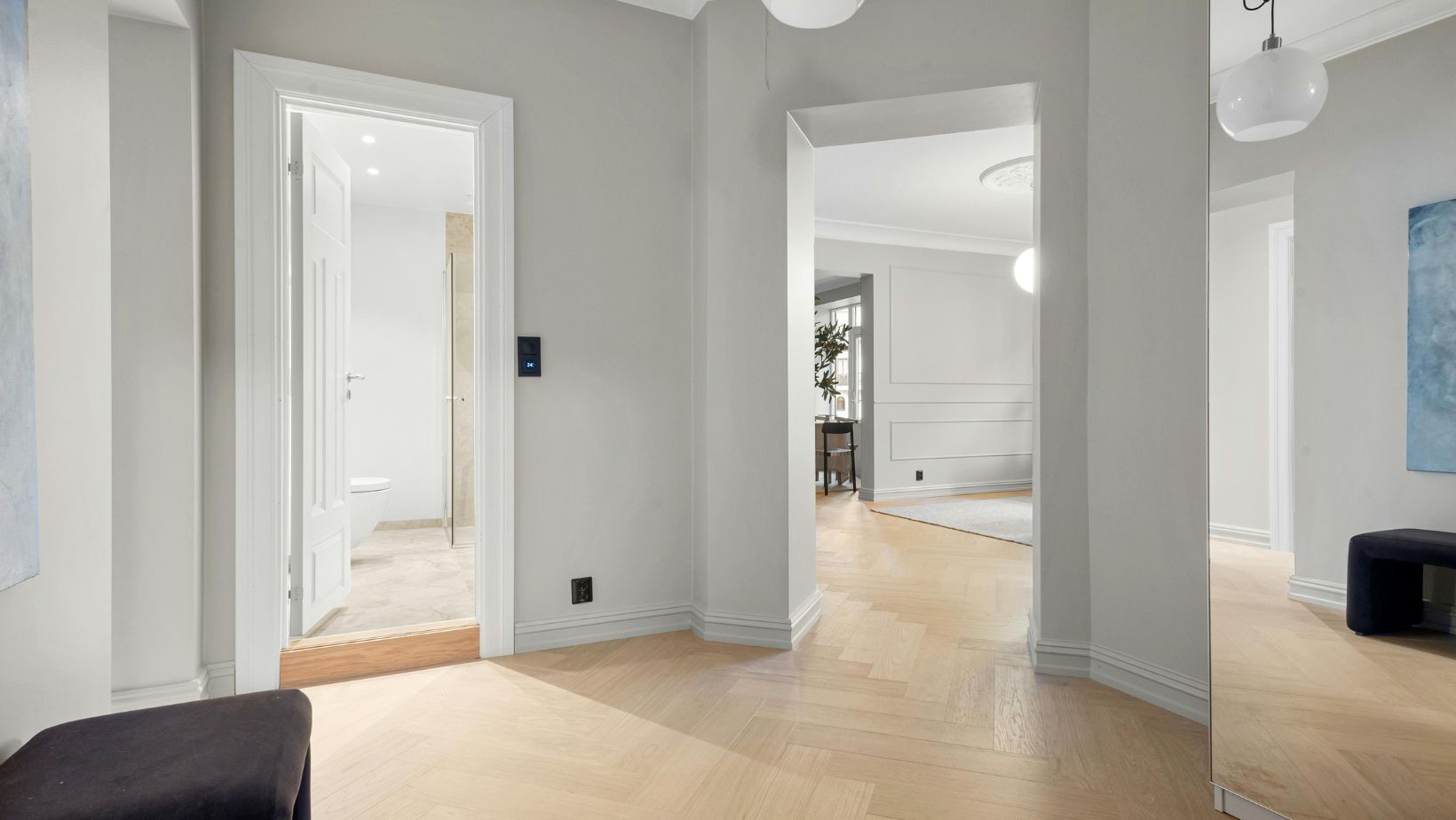Flooring is one of the most defining features of any interior space. It sets the tone, anchors the aesthetic, and influences the atmosphere of a room. Among the many flooring patterns that have stood the test of time, herringbone is a true classic. When this elegant design is paired with Luxury Vinyl Tile (LVT)—a modern, durable, and cost-effective flooring material—you get the best of both worlds. LVT herringbone flooring offers timeless sophistication with the practical benefits of advanced vinyl technology.
This article explores the essentials of LVT herringbone flooring, including what it is, why it’s gaining popularity, its benefits, installation considerations, and how to care for it long-term.
What Is LVT Herringbone Flooring?
Luxury Vinyl Tile (LVT) is a multi-layered synthetic flooring product designed to mimic natural materials like wood, stone, or ceramic tile. It’s known for its resilience, waterproof capabilities, and ease of installation.
Herringbone refers to a distinct pattern where planks are laid in a staggered zigzag fashion, with each end meeting at a 90-degree angle. The result is a dynamic, V-shaped design that adds movement, visual interest, and a high-end feel to any space.
When these two elements are combined—LVT material with a herringbone layout—you get a flooring option that merges traditional charm with modern functionality.
The Timeless Appeal of Herringbone
The herringbone pattern has been used for centuries, dating back to ancient Roman roads and parquet floors in French palaces. Its enduring popularity can be attributed to:
- Sophisticated visual texture: The pattern draws the eye and enhances room depth.
- Versatility: It complements both classic and contemporary interiors.
- Luxury appeal: It offers the same upscale look as traditional hardwood parquet without the high cost or maintenance.
Why Choose LVT for Herringbone Patterns?
Traditional herringbone wood flooring can be labour-intensive and costly to install. Enter LVT, which offers several key advantages:
-
Cost-Effective Alternative
LVT mimics the appearance of hardwood herringbone at a fraction of the price. It delivers premium aesthetics without the premium price tag, making it accessible for more homeowners and businesses.
-
Ease of Installation
Most LVT herringbone planks come with click-lock technology or glue-down options. The interlocking system speeds up installation and eliminates the need for nails or adhesives in floating floor setups. Some manufacturers even offer pre-cut, angled herringbone sets that reduce the complexity of laying the pattern.
-
Durability and Resilience
LVT is engineered to withstand heavy traffic, making it ideal for high-use areas such as hallways, kitchens, living rooms, or commercial spaces.

The wear layer protects against scratches, dents, and stains.
-
Waterproof Performance
Unlike wood, which is susceptible to water damage, LVT is completely waterproof. This makes herringbone LVT flooring a great choice for bathrooms, laundry rooms, and kitchens.
-
Low Maintenance
LVT herringbone flooring doesn’t require sanding, sealing, or refinishing. A simple routine of sweeping and occasional mopping keeps it looking fresh.
Design Flexibility and Aesthetic Options
One of the best parts about LVT is the range of styles and finishes available. When it comes to herringbone, you can select from:
- Wood-Look Finishes: Oak, walnut, maple, ash, and more.
- Color Variants: From rich espresso to bleached blondes and trendy greys.
- Surface Textures: Smooth, hand-scraped, or embossed-in-register (EIR) to replicate the tactile feel of natural wood.
- Plank Size: Narrow planks offer a more traditional parquet feel, while wider planks give a bold, modern twist.
With such variety, LVT herringbone can fit into a wide range of design aesthetics—modern minimalist, rustic farmhouse, urban industrial, or vintage glam.
Installation: What to Expect
Though herringbone is one of the most intricate patterns to install, LVT simplifies the process.
Click-Lock Installation:
- Best for floating floor setups.
- Pre-cut planks designed specifically for herringbone layouts make the job easier.
- Requires precise measurement and planning to maintain pattern alignment.
- Underlayment may be needed depending on the subfloor and LVT type.
Glue-Down Installation:
- Offers more long-term stability and is commonly used in commercial settings.
- Recommended for larger areas where traffic or rolling loads (like office chairs) are expected.
- Takes more time and skill but yields a clean, flat finish.
Pro Tip: Always start the layout from the centre of the room and work outward to ensure symmetry. Use chalk lines and spacers for consistent alignment.
Where to Use LVT Herringbone Flooring
Due to its resilience and visual appeal, LVT herringbone flooring is suitable for nearly any space:
- Living Rooms & Dining Areas: Adds elegance and a focal point.
- Kitchens: Waterproof and easy to clean.
- Bathrooms: Classic look with moisture resistance.
- Hallways: Enhances narrow spaces with directional flow.
- Bedrooms: Adds cozy charm with soft underfoot feel.
- Commercial Spaces: A polished and professional look with commercial-grade wear layers.
Comparing LVT Herringbone to Other Flooring Types
- LVT Herringbone is the most waterproof, low-maintenance, and cost-effective option, especially for DIYers.
- Solid Hardwood in herringbone is beautiful and long-lasting but expensive and high maintenance.
- Engineered Wood offers a balance between real wood aesthetics and dimensional stability but still costs more and isn’t waterproof.
- Laminate Flooring is affordable and decent for looks, but not ideal in moisture-prone areas.
- Ceramic Tile is the best for moisture-heavy zones like bathrooms but lacks warmth and comfort underfoot.
Maintenance and Long-Term Care
Maintaining your LVT herringbone flooring is easy:
- Daily Cleaning: Sweep or vacuum to remove dust and debris.
- Mopping: Use a damp mop with a pH-neutral cleaner. Avoid steam mops.
- Avoid Harsh Chemicals: Ammonia or bleach can damage the wear layer.
- Protective Pads: Place felt pads under furniture to prevent scratches.
- Rugs and Mats: Use entryway mats to capture dirt and moisture.
With proper care, your LVT herringbone flooring can last 15–25 years or more, depending on the product quality and foot traffic.
Things to Consider Before Buying
- Subfloor Condition: Make sure it’s level and clean.
- Room Shape: Herringbone works best in square or rectangular rooms.

- Light and Space: The pattern can make small rooms appear busier, so choose plank colours and finishes accordingly.
- Professional vs DIY: While DIY is possible, hiring a pro for herringbone layouts ensures precision and avoids costly mistakes.
Final Thoughts
LVT herringbone flooring is a perfect blend of heritage design and modern practicality. It brings classic charm into the 21st century, offering homeowners and designers a way to incorporate timeless elegance without sacrificing durability or convenience.
Whether you’re renovating a cozy bedroom or designing a high-traffic commercial lobby, LVT herringbone delivers on all fronts—style, strength, and simplicity.
If you want floors that look stunning and stand the test of time, LVT herringbone might just be the perfect fit.
